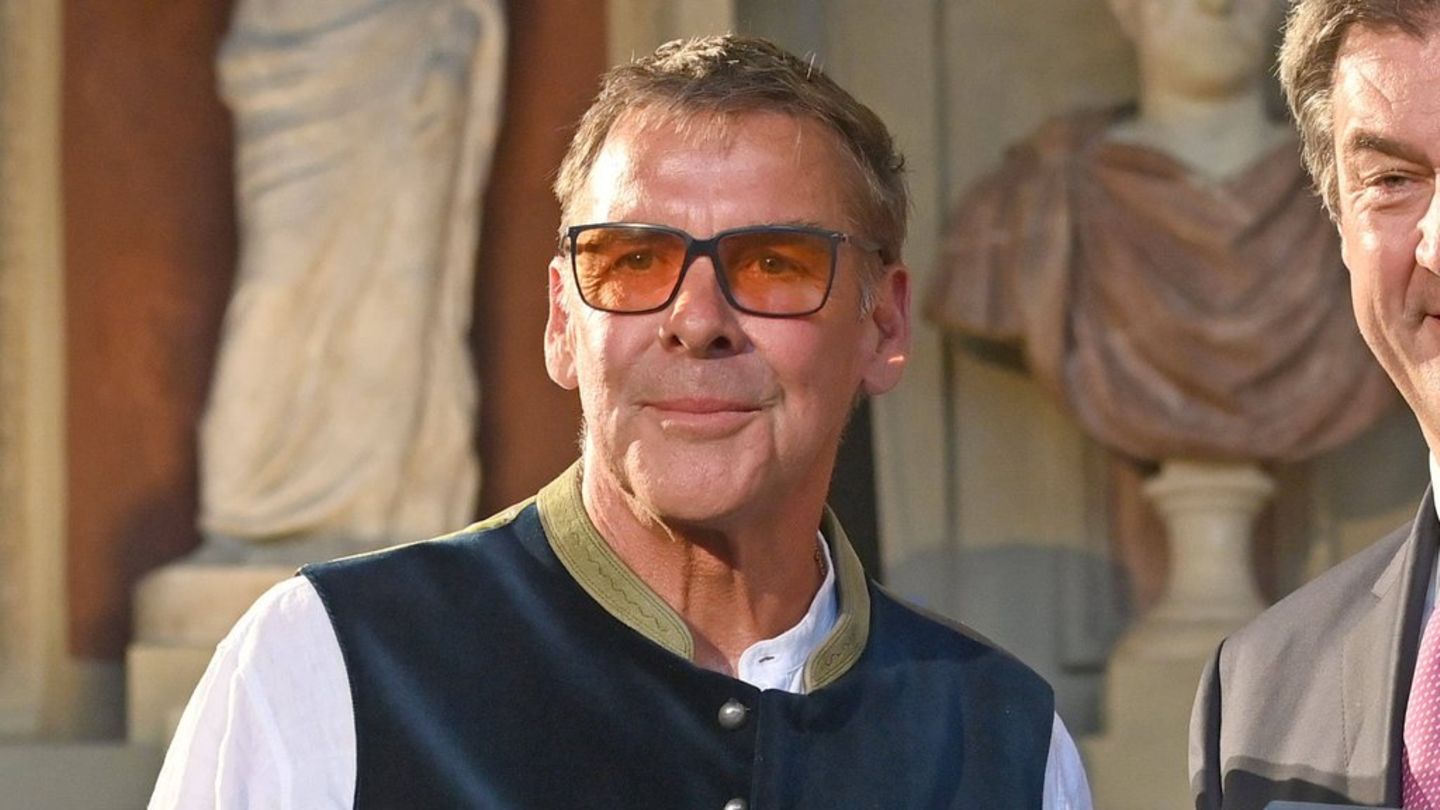I have been working in the news industry for over 6 years, first as a reporter and now as an editor. I have covered politics extensively, and my work has appeared in major newspapers and online news outlets around the world. In addition to my writing, I also contribute regularly to 24 Hours World.
Menu
UN climate conference in Bonn: Study: CO2 budget for 1.5-degree destination shrinks rapidly
Categories
Most Read
Military service deform: Söder walks against “Wischiwaschi default”
October 5, 2025
No Comments
Markus Söder’s Helgoland trip cost Bavaria 16,000 euros
October 5, 2025
No Comments
Ukraine War: Russia attacks Ukraine again with rockets
October 5, 2025
No Comments
Trump sends National Guard to Chicago-Portland’s assignment stopped
October 5, 2025
No Comments
Drone incidents: Drone sightings: Pistorius calls for prudence
October 5, 2025
No Comments
Latest Posts

The high fire depends on Hamas
October 5, 2025
No Comments
October 5, 2025 – 09:39 Israel accepted the first line of withdrawal in Gaza and Trump warned that the high fire and the exchange of

Formula 1: Franco Colapint
October 5, 2025
No Comments
Argentine pilot Franco Colapinto The classification of this Saturday began in a good way, but finally was eliminated in Q1. Despite this, he signed better

Sascha Hehn left “The Dream Ship” in 2018: What is he doing today?
October 5, 2025
No Comments
Actor He left “the dream ship” six years ago: What does Sascha Hehn do? Copy the current link Add to the memorial list The ZDF
24 Hours Worlds is a comprehensive source of instant world current affairs, offering up-to-the-minute coverage of breaking news and events from around the globe. With a team of experienced journalists and experts on hand 24/7.

